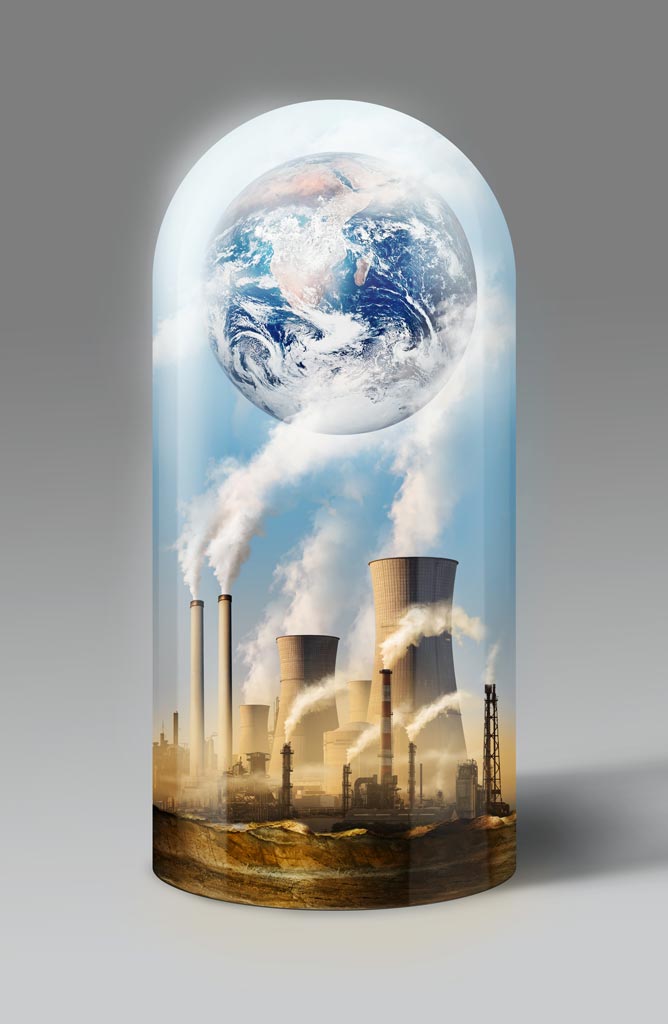The world started experiencing the adverse impact of climate change on human health and on the existence of other living organisms for decades already. The changes in the climate patterns and in the weather conditions put the lives at risk gradually but drastically. Climate change has caused a destructive anomaly in the natural climatic cycle. Consequently, the world is witnessing more frequent but intense storms, droughts, vanishing of glaciers, rising of sea levels and occurrences of heat waves. The impacts of climate change destroy the habitats of living organisms and the livelihood resources of humans
Climate change lays its fatal hands mainly on the natural resources. Consequently, groundwater table depletes elsewhere on the earth, water aquifers vanish and hundreds of species of flora and fauna are on the verge of extinction. Diminishing livelihood resources leads to unemployment crisis, poverty and starvation. People are struggling to get potable water on several parts of India even after the 75 years of independence. One big question lies ahead of the entire human race is whether potable water, bio-diversity and livelihood resources will be left over to the future generation.
Therefore, it is everyone’s responsibility to exercise their roles and responsibilities so as to safeguard the natural environment. Unregulated sand mining in rivers has a chain of ill-effects on human life and river ecology. Fish, frogs, crabs and other aquatic animals lays eggs in the sand and reproduce; sand conserves and recharges the groundwater table; if the groundwater table is intact, agriculture will flourish. If this sand is removed from rivers the life of aquatic organisms and agricultural practices will be at stake. Hence, AREDS-initiated women’s movement SWATE (Society of Women in Action for Total Empowerment) lead a mass movement against the unregulated sand mining in Cauvery River in Karur district in the year 1990’s.
Click the below link to access the full article

